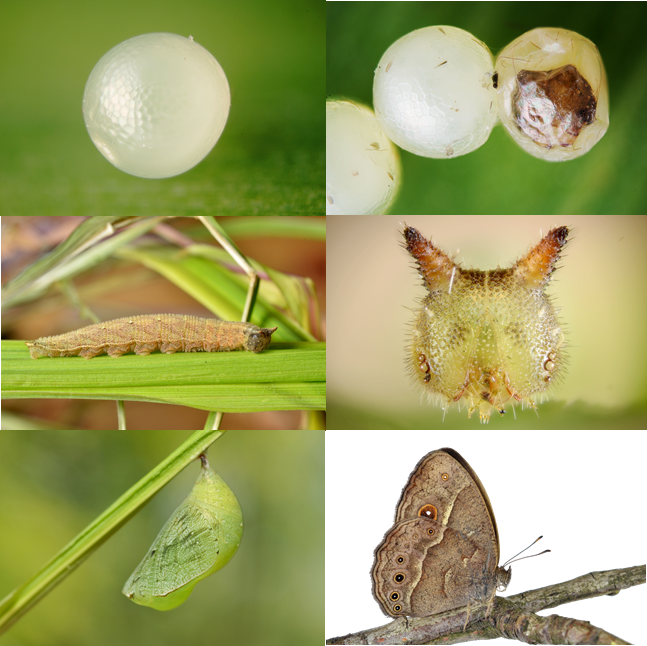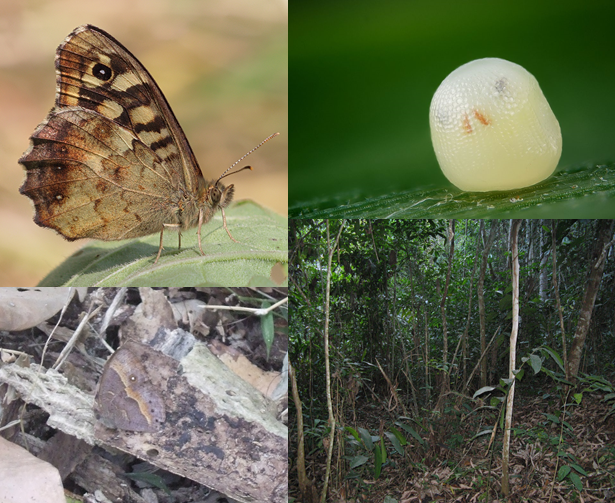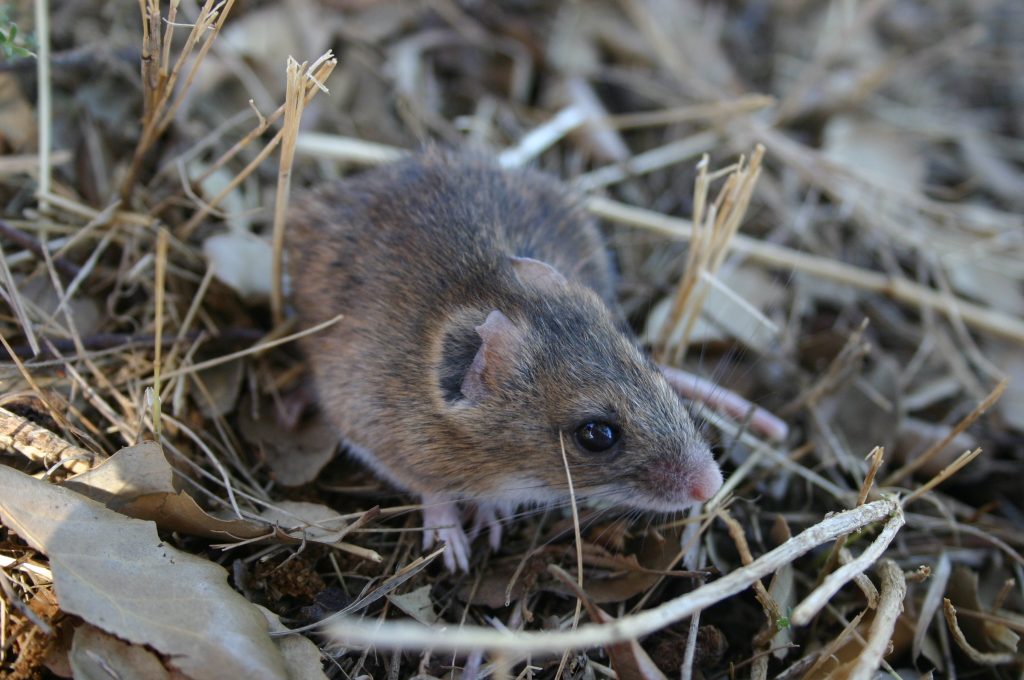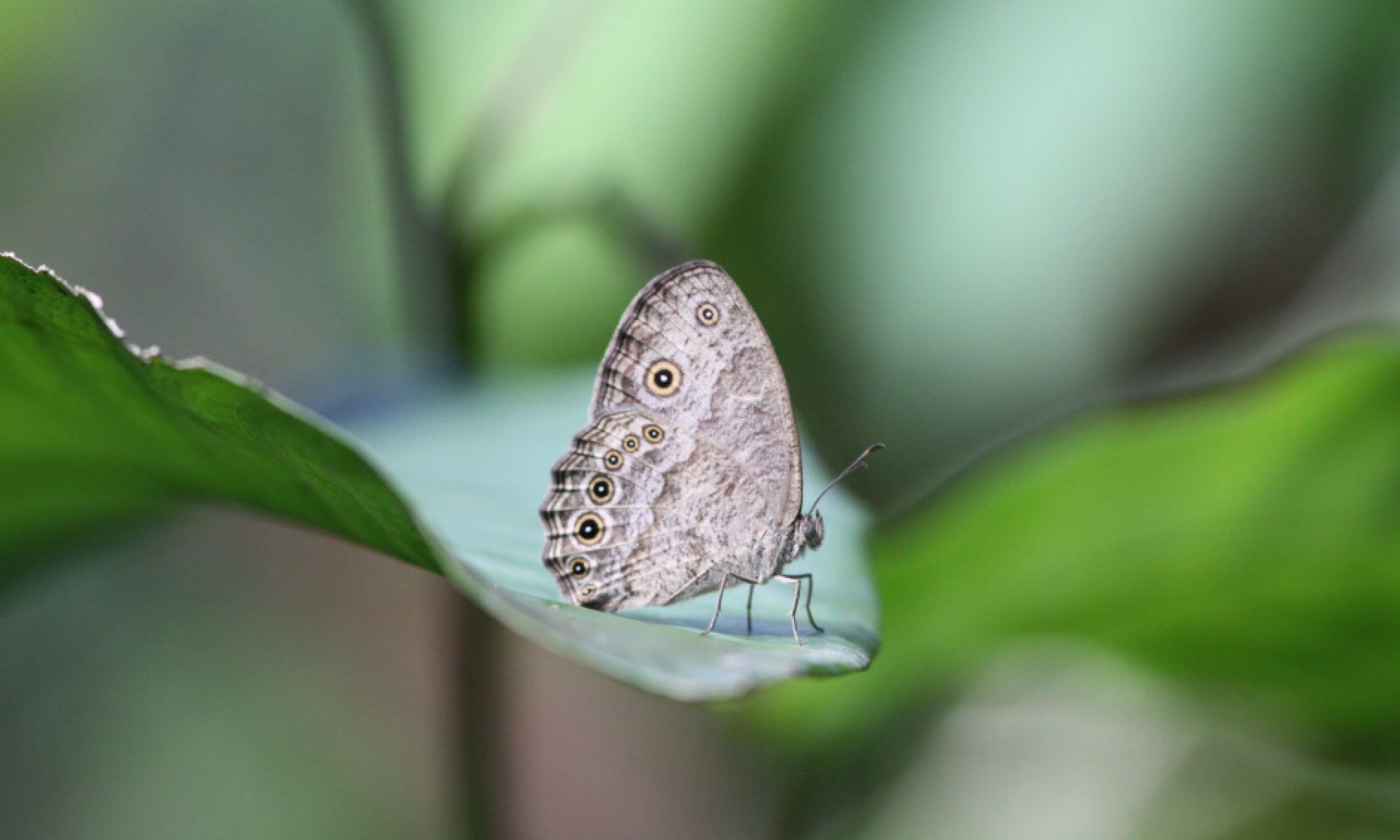General research interests
Our team “Evolutionary Ecology and Genetics” focuses on how animal behaviours drive adaptation and genetic differentiation, reproductive isolation and speciation. In recent years, we focus on key behaviours such as dispersal because they are closely involved in the (mal) adaptations of arthropods (insects, spiders) to the ongoing sixth major Biodiversity crisis.
Research projects

Should I stay or should I go?
Plasticity and evolution of dispersal
Dispersal is about all movements by individuals that are associated to reproduction, hence producing gene flow. Dispersal is central to evolution because it affects the genetic diversity of populations and their genetic differentiation. Mathematical models have theoretically predicted how joint evolution of dispersal and of local adaptation, such as habitat specialization, can form new races and lead to reproductive isolation. Here we aim at testing the validity of models predictions on dispersal evolution using behavioural experiments with spider mites. We couple artificial selection, experimental evolution,… in a lab-designed controlled environment. The two-spotter spider mite Tetranychus urticae Koch is our model species of this research. It is a pest of many cultivated plants and an herbivorous mite of huge economical importance. We have been funded for this project by a 5-year research program (“Action de recherche concertée”) from UCLouvain. Check our publications.

A perfume for speciation?
Sexual selection on sex pheromone communication
Genetic differentiation between populations can cause reproductive isolation and ultimately lead to the generation of new species, i.e. speciation. We test how sexual preferences by females lead to selection on the sexual traits produced by males to get mated, and one major trait is the male sex pheromone. Three chemical components produced by adult male wings triple their mating success. Females use the smell of males to assess their age, their genetic quality and, in nature, the male sex pheromone of African butterfly populations and species diverges vary rapidly, suggesting that new species arise by changes in the sex pheromone perfumes. For this we are regularly funded by the National Research Funding Agency (FNRS). Check our publications.

Adaptive value of learning in nature
Insects learn for choosing a mate and for laying eggs
A change in paradigm has occurred in Biology: most animals are able to learn, including small brained, short lived, non-social ones like most insects. If most animals learn, it means that adaptive behaviours can be transmitted to the next generation through “social heredity” as stated 100 years ago by Baldwin. This means that we may have a second mechanism to evolution, in addition to genetic evolution. We have started to dig into this mind blowing idea thanks to the large 5-year funding by UCLouvain (“Action de Recherche Concertée”). We investigate how learning ability, through individual experience and through others (“social learning”) affects sexual interactions, egg laying and habitat choice in several arthropods: tropical and European butterflies, and spider mites. Check our publications.
One major open issue in Biology that we care about is to understand how so many species diversified from a common ancestor, and coexist on Earth. We have between ~8 to ~12 millions of species now on Earth, a number that has never been so large at a single time point since life started about 3,8 billions years ago. But…. this amazing biodiversity is being exterminated in the very front of our eyes, by our human activities. The sixth major extinction has started. The IPBES (the “IPCC” of biologists) 2019 global report is clear: 1 million species could disappear in the next few decades. Never before has Earth lost species than nowadays. All ecosystem services are under threat and we work with students in master classes at UCLouvain to quantify and understand how our behaviours cause species extermination, and what behaviours we can adopt to protect biodiversity here in Belgium and worldwide. Interested? Check it here.
Phenotypic plasticity of fat synthesis
Our lab has a close collaboration with the team of Prof. Bertanne Visser. Visit the lab website for more information about shared research interests.
Methodologies and techniques
In this lab we like to integrate different approaches and techniques to answer our questions. If you are interested in molecular biology (transcriptomics, gene and mass sequencing, rt-qPCR, cloning), in comparative phylogenetics and phylogeography (for reconstructing the evolutionary relationships between species), in quantiative genetics, in experimental evolution or artificial selection, or in behavioural ecology (reproductive success in semi-natural conditions) and chemical ecology using gas chromatography and GC-MS, these are tools we use. A great network of international collaborators allows us also to diversify the techniques when needed, and to travel.
Past research projects

Most living species are parasites
Co-speciation between hosts and parasites
Several parasite and host life traits including life cycle, mode of transmission, dispersal, level of specificity and abundance, shape the differentiation of parasite populations to produce reproductive isolation and speciation. This research line builds on results obtained during my PhD where I compared the population genetic structures (phylogeographies) of mammals (rodents) and some of their nematode parasites. By gene sequencing and statistical comparisons of the host and parasite phylogeographies, we found that the genes of a parasite can actually better reflect the host evolutionary history than genes of the host itself. Thus, parasites can be used as evolutionary magnifying glasses of their hosts. Check our publications. Still happy to work on parasites and hosts.
The work in our lab is funded by:


